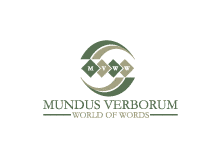Voice-over or Dubbing?
Although voice-over and dubbing may occasionally be used as interchangeable terms by some people, they are very different things.
Voice-over
Voice-over is is the process whereby the content (or perhaps a summarised version of it) is recorded over the original audio track, but at a different volume level. This means that the original audio track can still be heard in the background.
As an example, imagine an English reporter is interviewing a native Japanese speaker. When the Japanese person speaks, a voice-over in English is played so that the audience can understand what the interviewee is saying; however, their original voice can still be heard.
Voice-over is most commonly used for documentaries, news programmes, training materials, e-learning or in any scenario where it is desirable for the original background voice to be heard.
Dubbing
Dubbing is the process whereby the content is recorded by a professional voice actor (or several, depending on the requirements) and the original audio track is replaced with the dubbed version. It is not, therefore, possible to hear the original background voice at all.
For the dubbing process to be carried out correctly, the translation needs to have a perfect choice of words so that the content is synchronised with the lip movements of the actors on screen – a process known as lip synching.
Dubbing is mostly used for films, TV shows and adverts, especially those for children.
It is paramount to fully understand your target audience, as well as the material you wish to use, since in some countries there is a cultural bias towards one version or another.
Moreover, there may be local legislation governing whether the material should be translated by voice-over or dubbing.
To find out more about voice-over or dubbing, please contact us and we will be only too happy to help.

